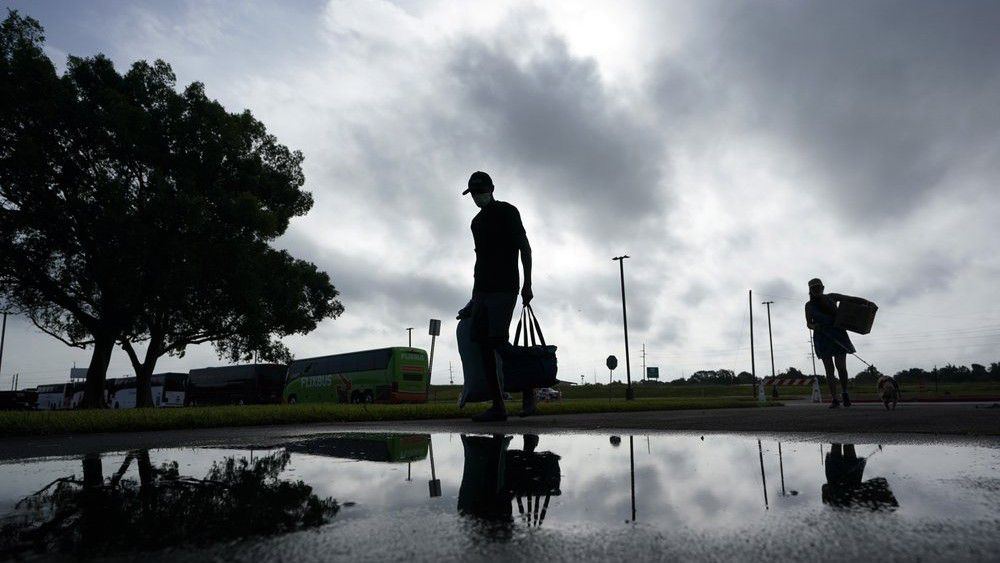TEXAS — The National Hurricane Center is predicting that Hurricane Laura will create an unsurvivable storm surge. The organization says large and destructive waves will cause catastrophic damage from Sea Rim State Park, Texas, to Intracoastal City, Louisiana, including Calcasieu and Sabine Lakes.
Hurricane Laura rapidly gained strength Wednesday, raising fears that it could come ashore as a catastrophic Category 4 storm with a 20-foot storm surge that could sink entire communities in Texas and Louisiana. Authorities are urging coastal residents to flee before it’s too late.
Laura grew nearly 70 percent in power in just 24 hours to reach Category 3 status, and it showed no sign of weakening before making landfall late Wednesday or early Thursday. Laura officially became a Category 4 storm on Wednesday afternoon. The system was on track to arrive as the most powerful hurricane to strike the U.S. so far this year.
What is Storm Surge?
Storm surge is the water level rising onto land as a result of atmospheric pressure changes and wind. The water can rise several feet in just a few minutes. The storm surge can move in unexpectedly, so people may not have much time before flooding happens.
Storm surge is arguably the biggest threat to life and property for people living near the coast. It can trap people in their homes, wash away roads and houses. One-foot deep storm surge can sweep a car off the road, and even six-inch surge is hard to stand in.
The best time to prepare for a hurricane is before a tropical system threatens your area. It is vital to understand your home's vulnerability to storm surge, flooding, and wind. Here is your checklist of things to do before a hurricane threatens.
Know your zone: Do you live near the Gulf Coast? Find out if you live in a hurricane evacuation area by contacting your local government or emergency management office or by checking the evacuation site website.
Put Together an Emergency Kit: Put together a basic emergency kit. Check emergency equipment such as flashlights, generators, and storm shutters.
Write or Review Your Family Emergency Plan: Before an emergency happens, sit down with your family or close friends and decide how you will get in contact with each other, where you will go, and what you will do in an emergency. Keep a copy of this plan in your emergency supplies kit or another safe place where you can access it in the event of a disaster. Start at the Ready.gov emergency plan webpage.
Review Your Insurance Policies: Review your insurance policies to ensure that you have adequate coverage for your home and personal property.
Understand NWS forecast products, especially the meaning of NWS watches and warnings.
More Tips:
- Preparation tips for your home from the Federal Alliance for Safe Homes
- Preparation Tips for those with Chronic Illnesses
The Associated Press contributed to this story.



